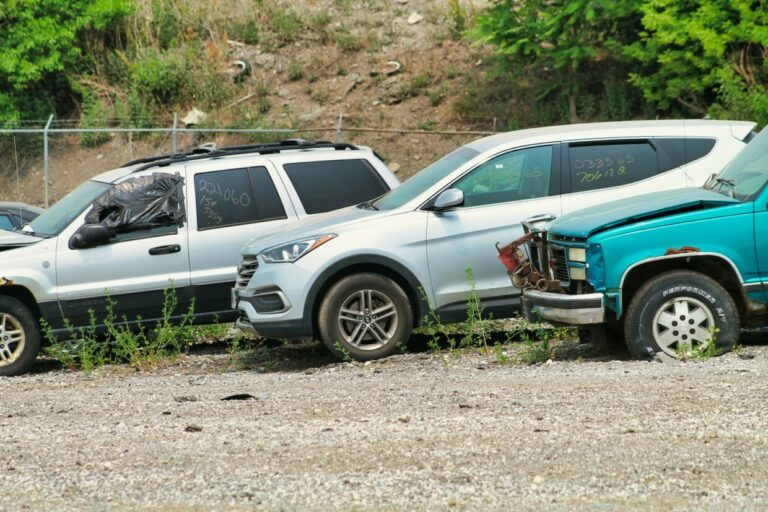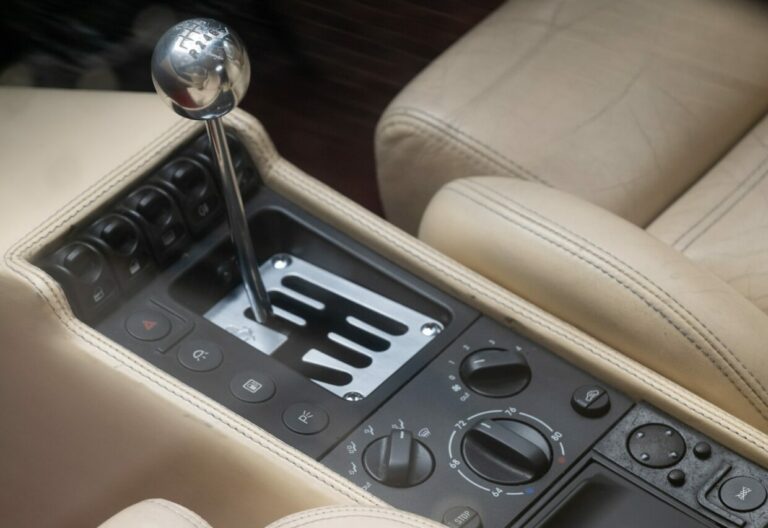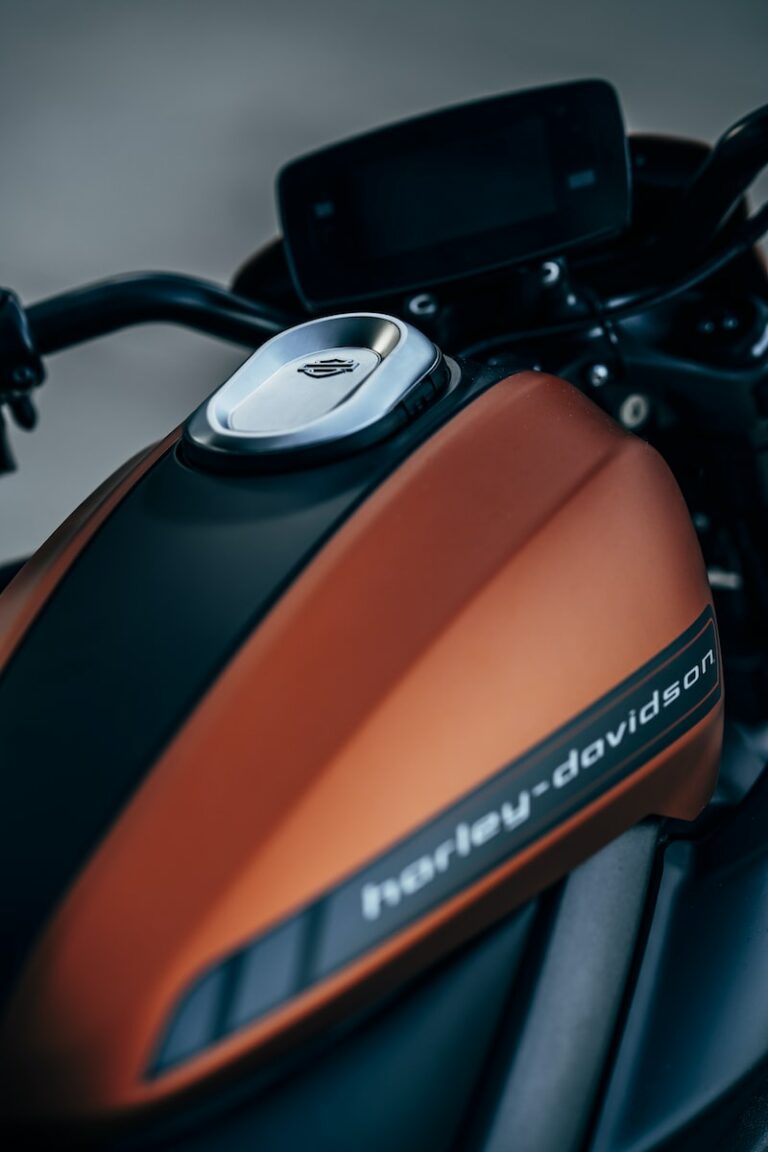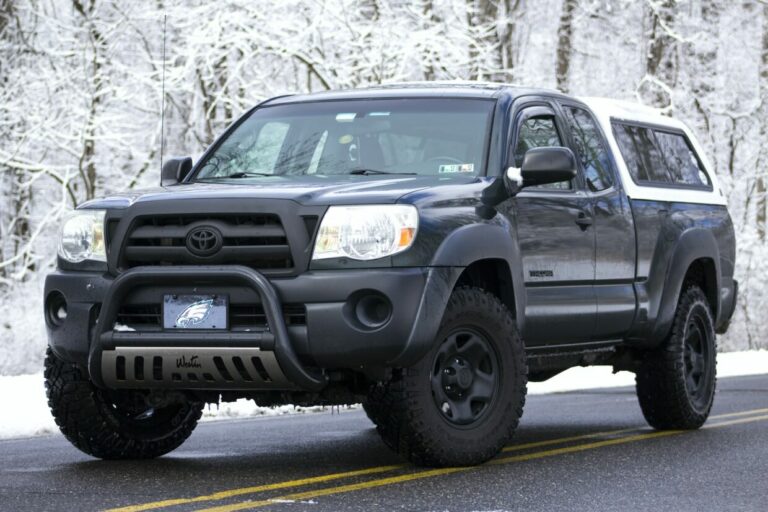Wheel size is an important aspect of a vehicle’s performance and handling. In this article, we will explore the different types of wheel sizes, their purpose, benefits, and precautions to be aware of when using them. We will also discuss the history behind the invention of different wheel sizes, and provide an overview of some other types of wheels available.
Wheel size refers to the diameter of a wheel measured in inches. The diameter of the wheel is the distance across the circle that the wheel makes when it spins. The larger the diameter, the larger the wheel. The smaller the diameter, the smaller the wheel.
Purpose of Different Wheel Sizes
The primary purpose of having different wheel sizes is to provide a range of options for vehicles, allowing manufacturers and consumers to tailor the performance and handling of a vehicle to their specific needs. For example, larger wheels can provide better handling and stability on the road, while smaller wheels can improve fuel efficiency.
Benefits of Different Wheel Sizes
One of the main benefits of larger wheels is improved handling and stability on the road. This is because larger wheels have a larger contact patch with the ground, which provides more grip and better traction. Additionally, larger wheels have a larger diameter and are therefore able to roll over obstacles more easily, providing a smoother ride.
Another benefit of larger wheels is an improved appearance. Many car enthusiasts prefer the look of larger wheels on a vehicle and it can enhance the overall aesthetic of the car. This can be a reason why many car manufacturers and aftermarket companies will offer larger wheels as a upgrade package
However, larger wheels also have a few drawbacks. One of the main drawbacks is that they can negatively impact fuel efficiency. This is because larger wheels have more mass, which requires more energy to move. Additionally, larger wheels can cause more wear and tear on tires, which can lead to higher maintenance costs.
Smaller wheels, on the other hand, can provide better fuel efficiency, as they have less mass and therefore require less energy to move. Additionally, smaller wheels can reduce wear and tear on tires, which can lead to lower maintenance costs.
Precautions
One of the main precautions to keep in mind when using different wheel sizes is to ensure that the wheel size is compatible with the vehicle. Different vehicles have different wheel size requirements, so it’s important to ensure that the wheel size you choose is appropriate for your vehicle.
Another important consideration is the wheel offset. wheel offset is the distance from the wheel centerline to the hub mounting surface. incorrect offset can cause various issues like wheel rub, suspension damage and improper alignment.
History of wheel Sizes
The invention of different wheel sizes can be traced back to the early days of the automobile. In the beginning, all vehicles had the same wheel size, which was usually around 16 inches in diameter. However, as cars became more advanced, engineers began experimenting with different wheel sizes in order to improve the performance and handling of vehicles.
Over time, wheel sizes have continued to evolve, with larger and larger wheels becoming more common. Today, wheel sizes range from as small as 13 inches to as large as 30 inches, with many different sizes available in between.
Other Types of Wheels
There are several other types of wheels that are available. One of the most popular is the alloy wheel. Alloy wheels are made from a mixture of metals, typically aluminum, which provides a balance of strength and weight.
Another popular type of wheel is the spoke wheel. Spoke wheels are characterized by the multiple thin metal spokes that extend from the hub to the rim of the wheel. They are often used on motorcycles, and are favored for their light weight and improved aerodynamics.
Another type of wheel that is gaining popularity is the low profile wheel. Low profile wheels have a smaller sidewall height compared to standard wheels, which can improve handling and provide a sportier look for the vehicle. However, these wheels can also be more prone to damage from potholes or rough roads, so it’s important to take this into consideration when deciding to use low profile wheels.
Conclusion
In conclusion, wheel size is an important aspect of a vehicle’s performance and handling. Different wheel sizes provide different benefits, such as improved handling and stability, improved fuel efficiency, and better aesthetics. It is important to ensure that the wheel size chosen is appropriate for your vehicle, consider the wheel offset, and be aware of the potential drawbacks of larger or smaller wheels. Understanding the different types of wheel sizes can help car enthusiasts make an informed decision when upgrading their vehicle.



















